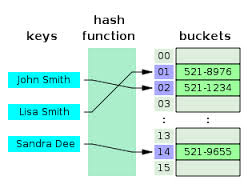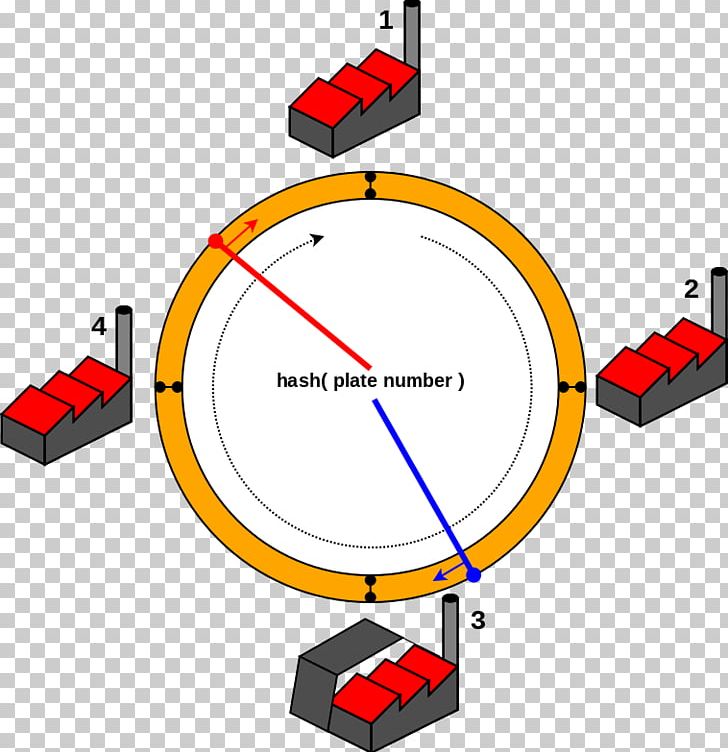Hash Function In Data Structure Understanding Hashing Hash Tables

9 Hash Function And Hash Table Pdf Database Index Array Data A hash table is defined as a data structure used to insert, look up, and remove key value pairs quickly. it operates on the hashing concept, where each key is translated by a hash function into a distinct index in an array. But, the time complexity to find and recover stored data in them is typically higher than in another data structure: the hash tables. so, this tutorial explores the most relevant concepts regarding hash tables.

Data Structure And Algorithms Hash Table If our hash function could take the student’s name as the key and generate a unique index for every student, we could store all their data in an array of objects and search using the hash. Hashing uses a special formula called a hash function to map data to a location in the data structure. the hash function takes the data as input and returns an index in the data structure where the data should be stored. A hash table (or hash map) is a data structure that efficiently stores and retrieves key value pairs using a hash function. the function converts a key into an index used to store and locate values quickly. In a hash table, a new index is processed using the keys. and, the element corresponding to that key is stored in the index. this process is called hashing. let k be a key and h (x) be a hash function. here, h (k) will give us a new index to store the element linked with k. to learn more, visit hashing.

Hashing And Hash Tables In Computer Science Techyv A hash table (or hash map) is a data structure that efficiently stores and retrieves key value pairs using a hash function. the function converts a key into an index used to store and locate values quickly. In a hash table, a new index is processed using the keys. and, the element corresponding to that key is stored in the index. this process is called hashing. let k be a key and h (x) be a hash function. here, h (k) will give us a new index to store the element linked with k. to learn more, visit hashing. Properties of a good hash function (deterministic, efficient, uniform distribution, etc.). data structure overview. how hash tables store and retrieve data efficiently. explanation of key value pairs. examples in everyday applications (e.g., username password mappings). 3. how hash tables work. inserting a key value pair. Learn the fundamentals of hash tables, including their advantages, disadvantages, and real world applications in data structures and algorithms. Understand hash tables in data structures with implementation and examples. learn key concepts, operations, and benefits of hash tables in programming. Hashing is a technique used in data structures that efficiently stores and retrieves data in a way that allows for quick access. hashing involves mapping data to a specific index in a hash table (an array of items) using a hash function. it enables fast retrieval of information based on its key.

Understanding Hash Tables A Key Data Structure In Software Development Properties of a good hash function (deterministic, efficient, uniform distribution, etc.). data structure overview. how hash tables store and retrieve data efficiently. explanation of key value pairs. examples in everyday applications (e.g., username password mappings). 3. how hash tables work. inserting a key value pair. Learn the fundamentals of hash tables, including their advantages, disadvantages, and real world applications in data structures and algorithms. Understand hash tables in data structures with implementation and examples. learn key concepts, operations, and benefits of hash tables in programming. Hashing is a technique used in data structures that efficiently stores and retrieves data in a way that allows for quick access. hashing involves mapping data to a specific index in a hash table (an array of items) using a hash function. it enables fast retrieval of information based on its key.

Hash Function Consistent Hashing Hash Table Data Structure Algorithm Understand hash tables in data structures with implementation and examples. learn key concepts, operations, and benefits of hash tables in programming. Hashing is a technique used in data structures that efficiently stores and retrieves data in a way that allows for quick access. hashing involves mapping data to a specific index in a hash table (an array of items) using a hash function. it enables fast retrieval of information based on its key.

Hashing And Hash Tables In Data Structure
Comments are closed.